
As part of an ongoing series, we recently sat down with members of Flad's science and technology team to discuss the future of the scientific workplace.
The Hypothesis:
conversations on scientific
research environments
Maximizing Lab Flexibility, Efficiency, and Remote Collaboration
As part of an ongoing series, we recently sat down with members of Flad's science and technology team to discuss the future of the scientific workplace.
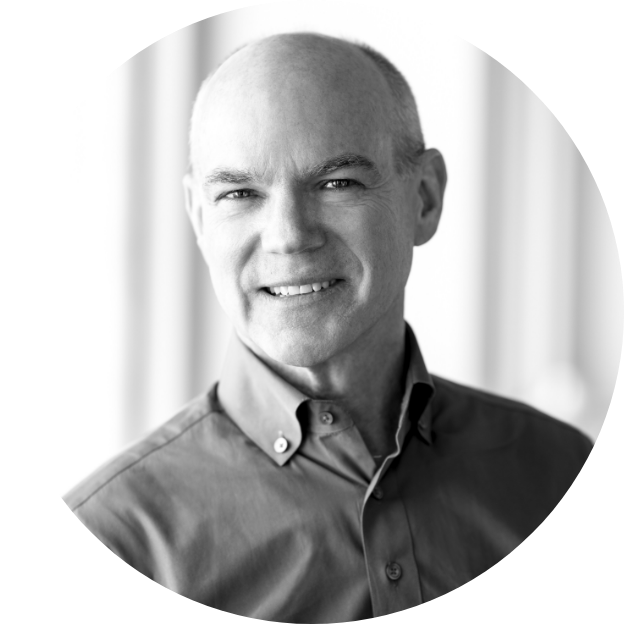
Russ Drinker
AIA, LEED AP, BD+C WELL AP
Director of West Coast Science & TechnologyAs the leader of Flad's West Coast Science & Technology practice, Russ is
passionate about reshaping the built environment for a better future. Committed to
discovering improved design outcomes through effective partnerships, he has led award-winning
interdisciplinary design firms and major projects, combining practice building with high
performance design.
Q: What is one of the biggest lab planning and programming challenges you've encountered with a client recently?A: We've seen clients completely change programs as well as building users and their location while projects are under construction. The typical project takes one year to design and permit and two years to build. In those three years, many things can change for our clients. They may have different entities, different researchers, different labs, or different equipment.
Organizations don't want to put themselves in a position in which they need to make drastic changes immediately after occupancy, so they are opting for just-in-time planning and making those decisions at the latest possible date.
This is an important trend that we're seeing, and it happened recently both with a 500,000-square-foot project and a 250,000 square foot project.
The solution is to maximize flexibility of labs. This includes open ballroom space with utilities in the ceiling and mobile benches. The equipment and benches can be moved around with plug-and-play connections. Even larger instruments, such as fume hoods and large enclosed robots in clean enclosures, can be accommodated in these flexible labs with minimal need to redesign, re-permit, and rebuild conceptually.
It's critical to provide these flexible spaces but also balance the upfront investment in that flexibility. Organizations don't want to overspend on infrastructure that won't be utilized in the long run, so it's important that we strike that balance at the very beginning of the project, to provide flexibility at a justifiable investment level.
Q: In addition to more flexible spaces, what are some other trends you're seeing in scientific workplaces?A: Because of the increasing reliance on robots and automation, a lot of work can now be monitored remotely, so scientists don't need to be tethered to the bench all day long. Researchers can monitor their experiments remotely, but we will continue to see scientists spend a substantial amount of their time in the lab setting up the experiments.
Another big trend is related to reducing energy costs and reducing carbon footprints. Labs have traditionally relied heavily on high levels of constant air changes to dilute and remove chemical buildup and hazardous air. It takes a lot of energy to treat the air to maintain humidity levels and temperature, and then it's just exhausted out. We're seeing increased efforts to address that inefficiency without compromising health and safety.
So, we have rapidly changing equipment and increasing emphasis on health and well-being of the scientific staff, all while doing everything we can to reduce the energy and carbon impact.
Those goals aren't all necessarily aligned. In fact, they might be counter-directional in some ways. And that's the challenge.

It's important that we strike that balance at the very beginning of the project to provide flexibility at a justifiable investment level.
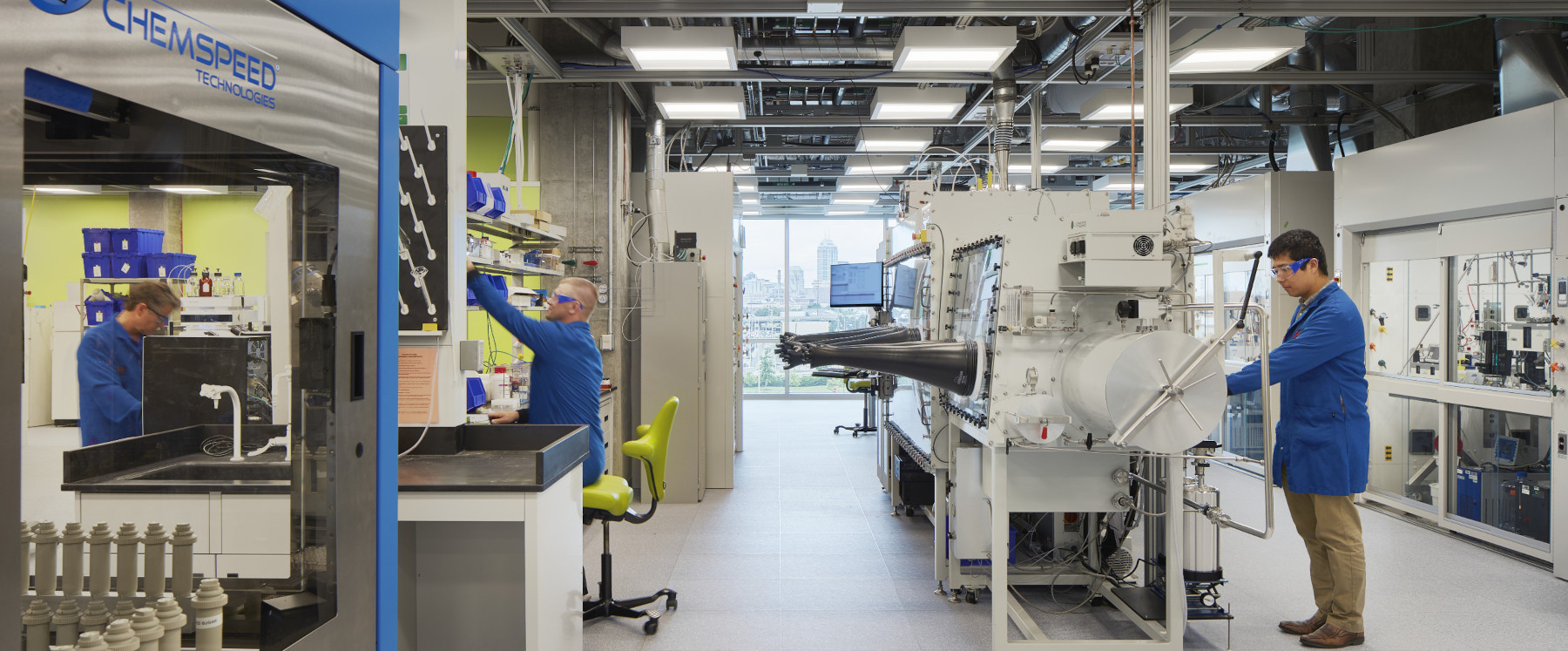
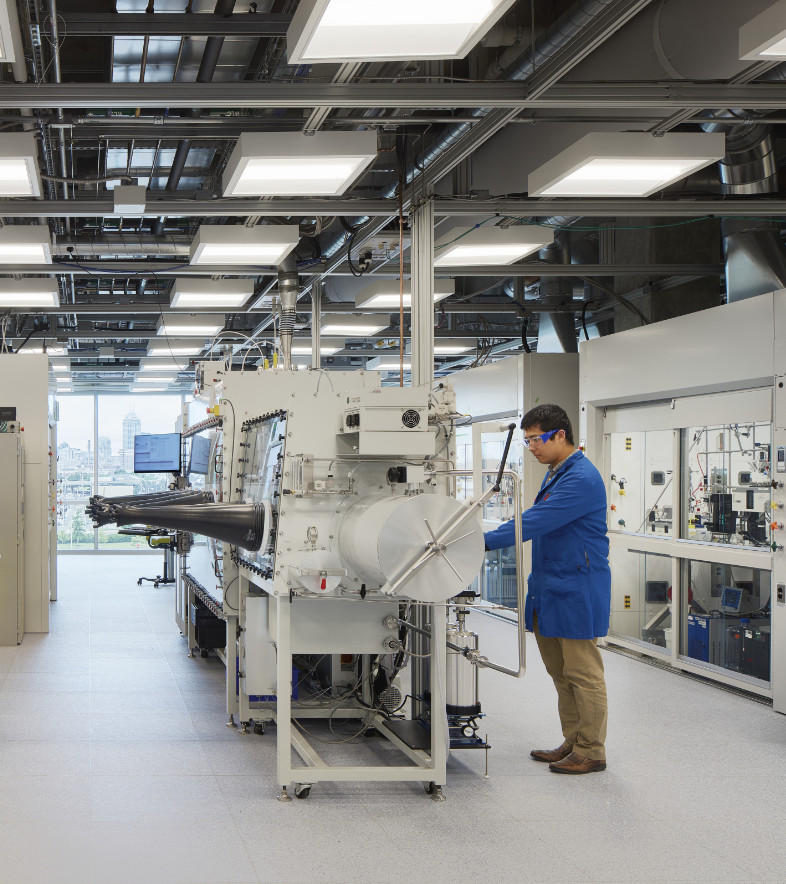
Q: With that in mind, what types of changes do you expect to see in the design of labs over the next 10 or 20 years?A: I think the biggest change that we're going to see is more precise and targeted ventilation systems, which are actively monitoring the quality of the air. Right now, it's a blind instrument. It's like running the fire sprinklers 24/7 because somebody might light a match. That's extremely inefficient.
We're managing these huge volumes of air, tempering them, and then ejecting them out because there might be some chemicals in the air. But the reality is that most of the time the air is safe, and the air changes are excessive. These new systems sense the composition of the hazardous materials in the air and ramp up the air changes when needed to exhaust the air and ensure occupants are safe.
The reason this approach is not more prevalent yet is that there are so many different chemicals in use, and cost-effective sensors don't yet exist for all those chemicals with our current technology. We've seen rapid development in this area, and I think we'll see much more reliance on sensors and technology to moderate the air levels based on the detectable hazards.
SmartStack does this at the building exhaust level, but not at the lab level. That's the safest technology to use right now. SmartStack will ramp the exhaust fan speed up or down depending upon the level of contamination detected in the building exhaust air, then it reduces fan speed and related energy costs when the air is safe.
The Aircuity system senses and manages the air changes within the lab space and is a good option for classrooms and manufacturing where there is a predictable type of chemical being used. However, in a research lab, there can be a much wider variety of chemicals in use, and there aren't necessarily sensors in place for all of them yet, so that's a rapidly changing area.
The other thing that we'll be seeing more of is preassembled modular utility racks, PAMs. Offsite assembly and prefabrication reduces labor costs and improves the quality of the workmanship. It's a different delivery model that allows more flexibility in the long run, so utilities are organized to be more accessible and to be more easily modified to achieve cost savings over the life of the facility.
We're just beginning to see the economies of scale for PAM systems becoming adequately competitive with the traditional on-site assembly. I think in five years, a much higher percentage of our work will involve these systems.

We're just beginning to see the economies of scale for PAM systems becoming adequately competitive with the traditional on-site assembly.
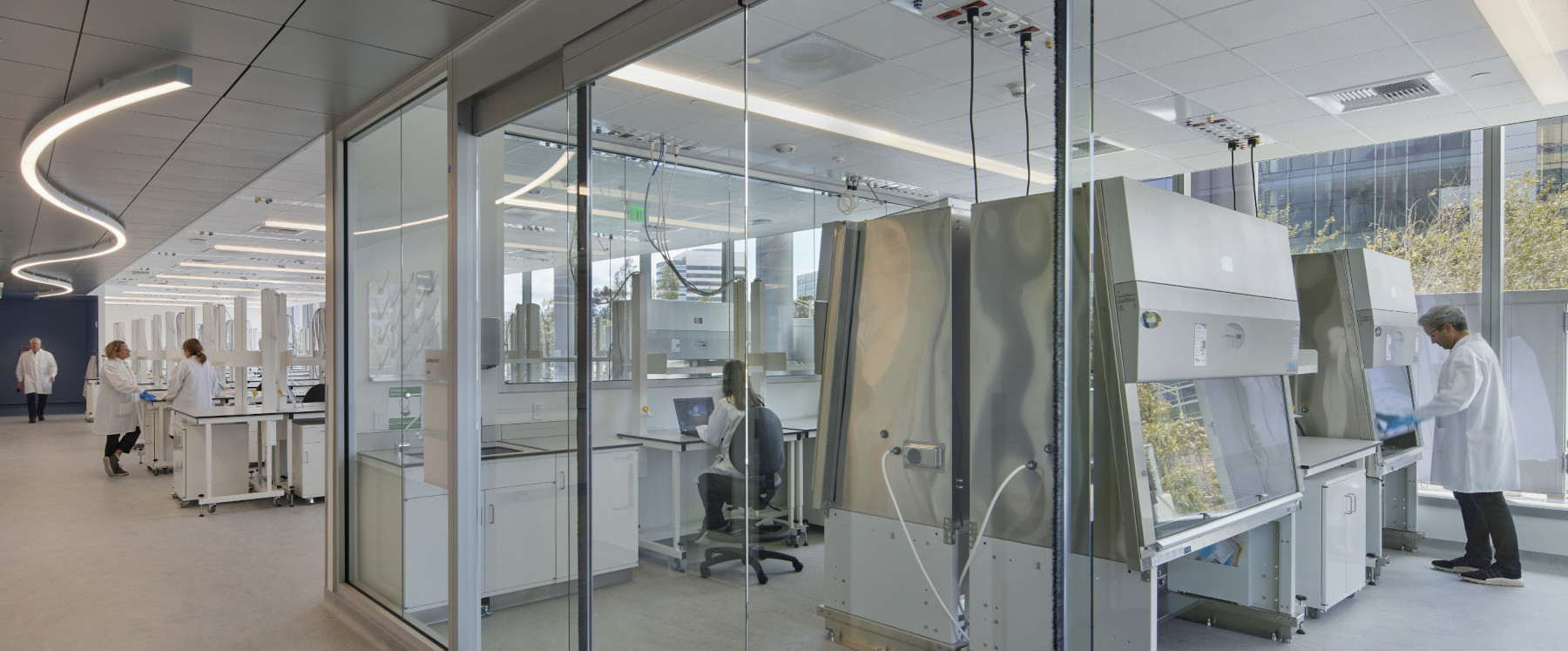
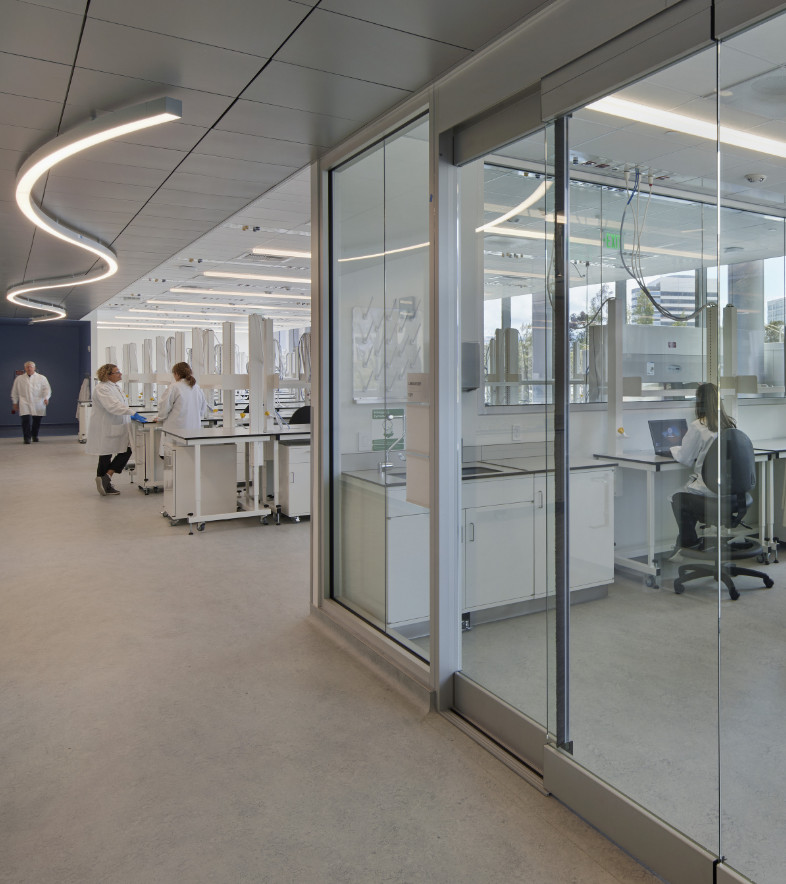
Q: Thinking about remote or hybrid work environments, how is science being delivered in new workplace models?A: I'd say the most important thing is there are networks of collaborators. It's no longer just people within a four-wall lab environment. Researchers are able to use technology to network with collaborators all around the world, and I think the definition of workplace no longer means being tethered to the bench. Now that scientists can monitor activities at the bench remotely using technology, they are not spending as much time in the lab, and it's an increasingly collaborative enterprise.
We recently conducted a post-occupancy evaluation with a client, and she said the number one question asked by job applicants, including scientists, is if they can work remotely. So, I do think that we’ll increasingly be designing labs with the understanding that the time in the lab will be reduced.
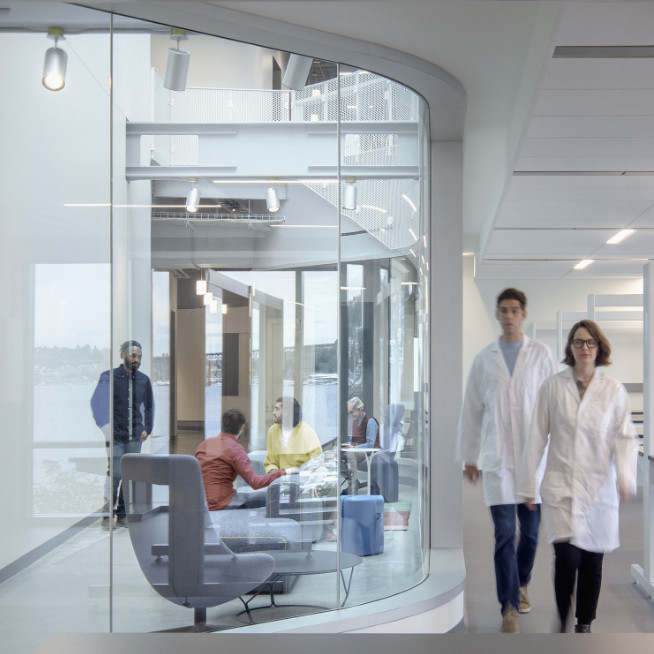
Q: What is the potential impact of a hybrid work environment and researchers spending less time in the lab?A: Scientists still need to be in the physical space to set up their research, but once it's set up and running, they are often able to monitor it remotely.
I think the risk is that these undertakings are collaborative, and if it becomes siloed, many potential approaches to a problem will not be enriched by the incidental conversations that might casually occur with somebody over lunch or in a hallway.
So many discoveries are not intentional or by the original design. They were opportunistic based on conversations and then cross-fertilizing based on different skills, specialties, and interests. That's what I think is at risk, potentially, if people aren't collocated.
Share your thoughts or questions on these topics or others you'd like to hear our experts address. Email us 